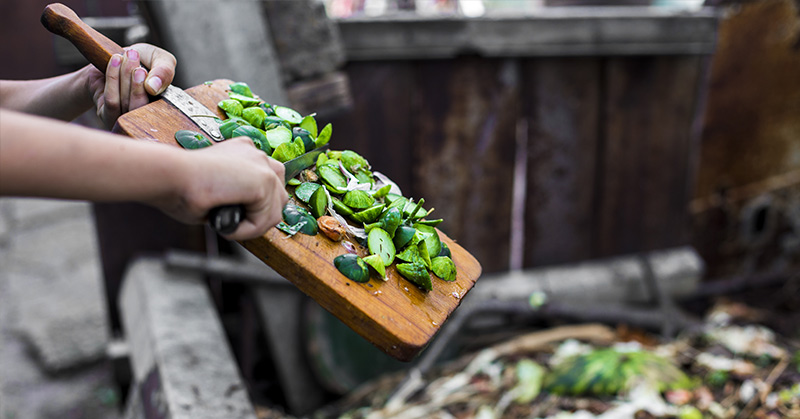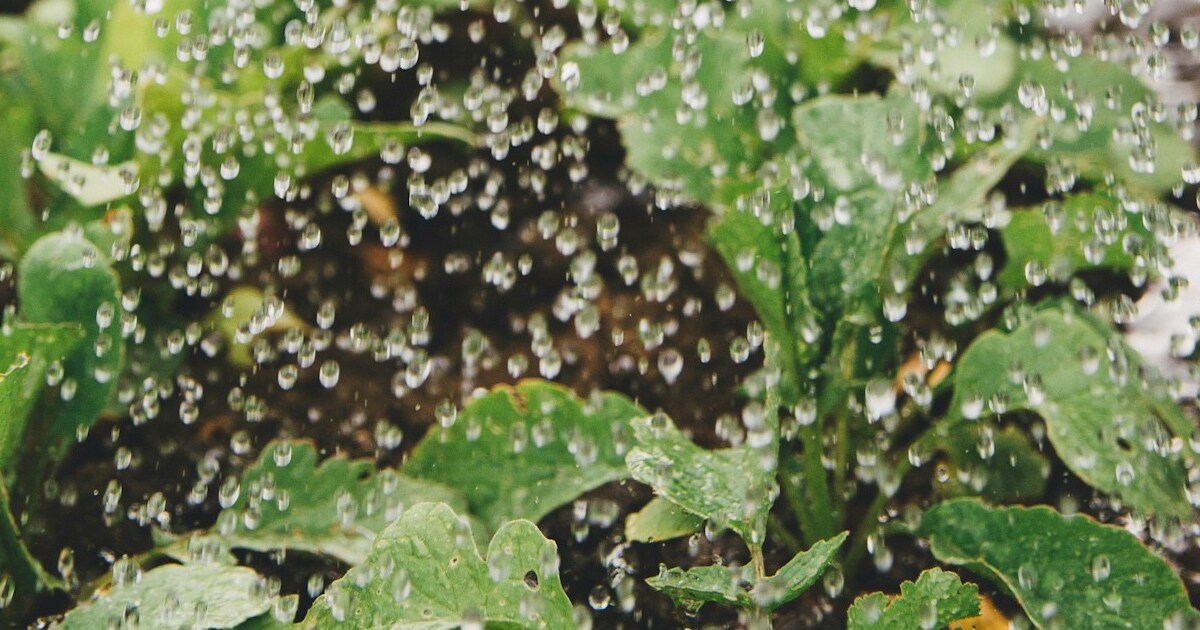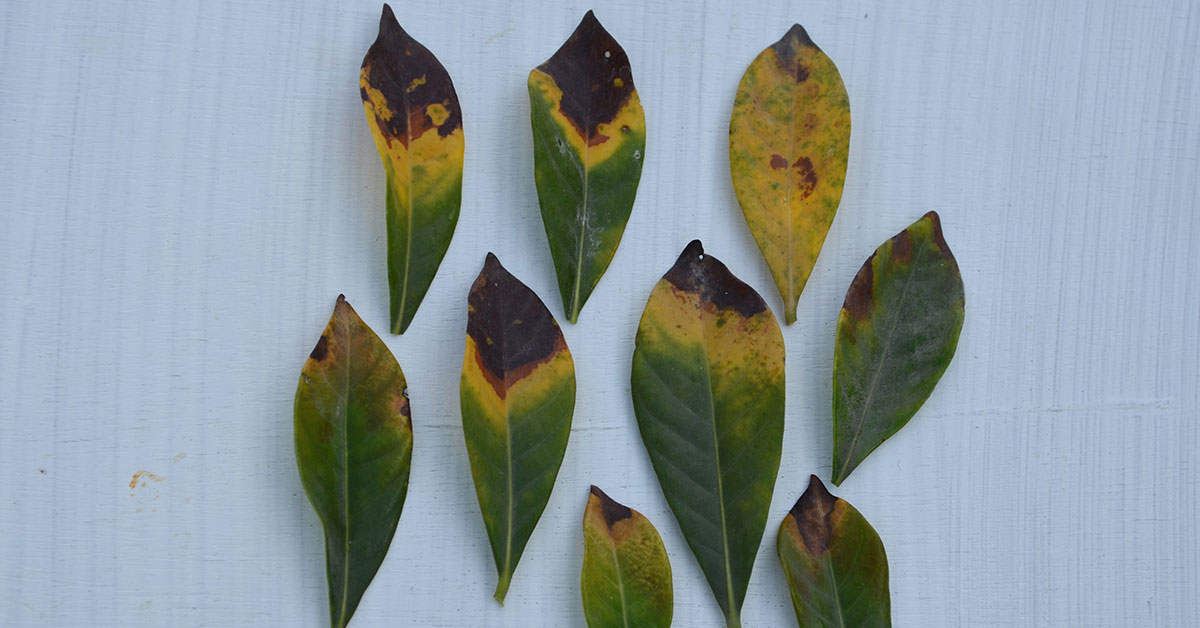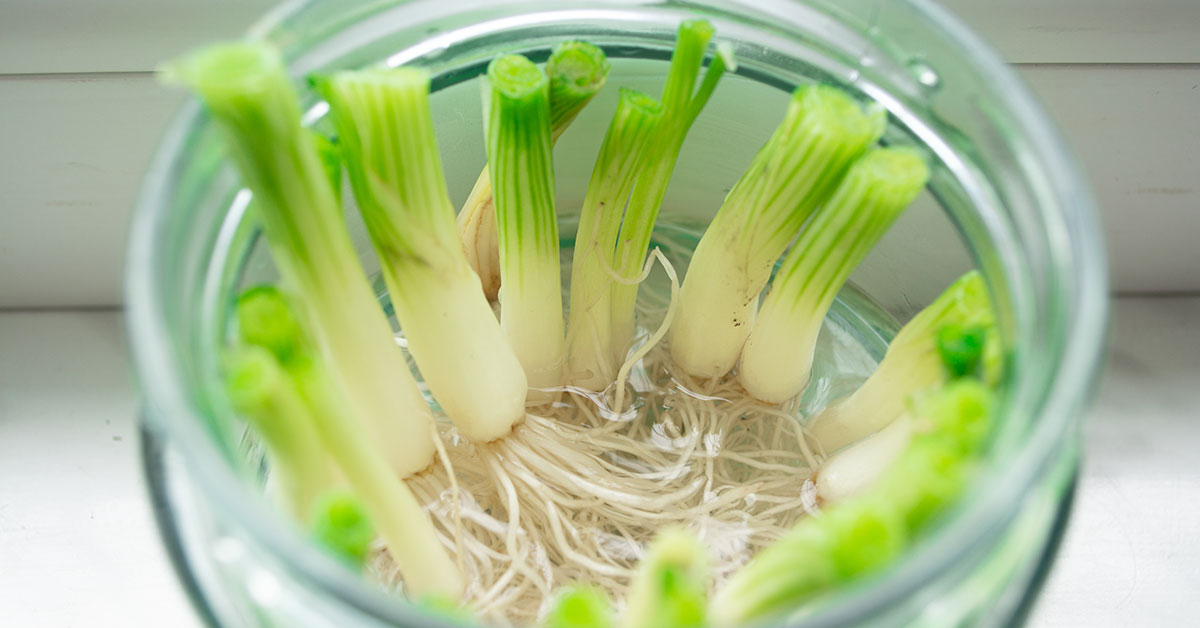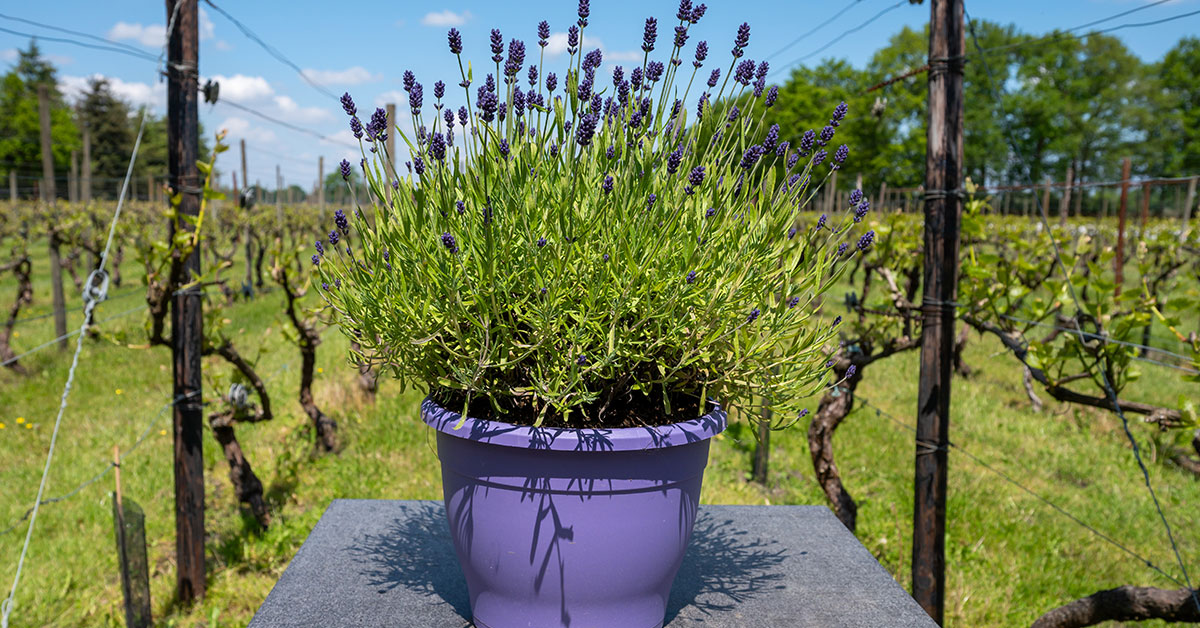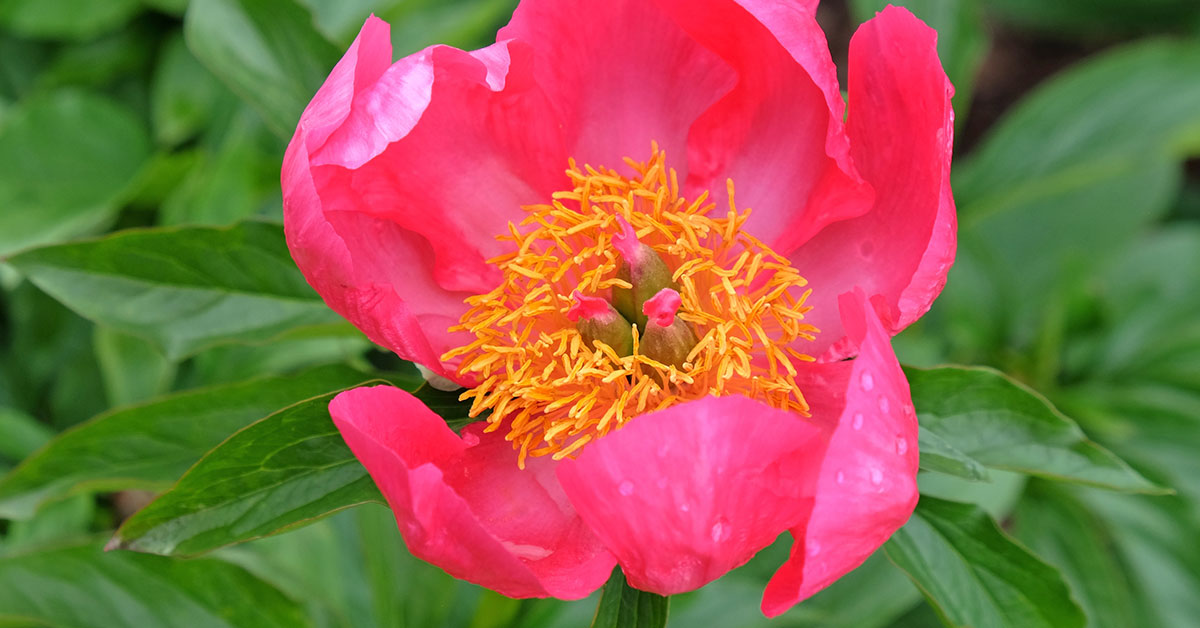Welcome to the vibrant world of gardening in Tucson, Arizona! Nestled in the heart of the Sonoran Desert, Tucson offers a unique and challenging environment for plant enthusiasts. With scorching summers, mild winters, and an average annual rainfall of just 12 inches, successful gardening here requires a deep understanding of the region’s USDA hardiness zone.
Tucson falls within Zone 9b, which means gardeners must carefully select plants that can withstand the intense heat and occasional frost. In this article, we will explore the intricacies of gardening in Tucson’s Zone 9b, providing valuable insights and tips to help you create a thriving oasis in this arid landscape. Whether you are a seasoned gardener or just starting out, get ready to unlock the secrets of successful gardening in Tucson!
What is Tucson’s USDA hardiness zone?
The USDA hardiness zone is a system used to categorize regions based on their average annual minimum temperature. It helps gardeners and plant enthusiasts determine which plants are most likely to thrive in a specific area. In the case of Tucson, Arizona, it falls under USDA hardiness zone 9a. Zone 9a is characterized by its mild winters and hot summers.
The average minimum temperature in this zone ranges from 20 to 25 degrees Fahrenheit (-6.7 to -3.9 degrees Celsius). This means that plants suitable for this zone should be able to tolerate occasional frost and temperatures as low as 20 degrees Fahrenheit. In Tucson, the climate is predominantly arid and desert-like, with low humidity and intense sunlight.
The region experiences long, hot summers with temperatures often exceeding 100 degrees Fahrenheit (37.8 degrees Celsius). Winters are relatively mild, with temperatures rarely dropping below freezing. Gardeners in Tucson should choose plants that are well-adapted to the desert environment and can withstand the extreme heat and limited water availability. Drought-tolerant plants such as cacti, succulents, and native desert plants are excellent choices for this zone.
Some popular options include agave, yucca, desert marigold, desert spoon, and various species of cacti. It is important to note that although Tucson is in zone 9a, microclimates within the city can vary. Factors such as elevation, proximity to mountains, and urban heat island effect can influence local temperatures and conditions.
Therefore, it is recommended to consider these factors when selecting plants for specific locations within Tucson. Additionally, proper soil preparation, irrigation practices, and providing shade during the hottest parts of the day can greatly enhance plant survival and growth in Tucson’s climate.
Mulching around plants can help retain moisture and protect the roots from extreme temperatures. Overall, understanding the USDA hardiness zone for Tucson (9a) and selecting plants that are well-suited to the desert environment will greatly increase the chances of gardening success in this region.
When can you plant your garden in Tucson?
In Tucson, the ideal planting times for different plants can vary based on the USDA hardiness zone, which is typically Zone 9a or 9b. Here are some general guidelines for planting in Tucson:
- Spring Planting: In Tucson, the spring season is generally the best time for planting a wide range of vegetables, herbs, and flowers. As the weather starts to warm up, usually around late February or early March, you can begin planting cool-season crops like lettuce, spinach, radishes, and peas. As the temperatures rise, you can transition to warm-season crops like tomatoes, peppers, beans, and melons.
- Fall Planting: Fall is another favorable time for planting in Tucson. As the summer heat starts to subside, usually around late September or early October, you can plant cool-season crops again. This includes vegetables like broccoli, cauliflower, carrots, beets, and leafy greens such as kale and Swiss chard. Fall is also a good time for planting perennial flowers, shrubs, and trees as they can establish their root systems before the winter.
- Winter Planting: Tucson experiences mild winters, making it possible to continue planting certain crops during this time. You can plant cool-season vegetables like lettuce, spinach, and radishes throughout the winter months. However, it’s important to protect these plants from potential frost or cold snaps by using row covers or other protective measures.
- Summer Planting: Summers in Tucson can be extremely hot, with temperatures exceeding 100°F (38°C). It is generally not recommended to plant most vegetables or flowers during this time as the extreme heat can stress or damage young plants. However, you can focus on maintaining existing plants, providing them with adequate water and shade to help them survive the intense summer heat.
Remember, these are general guidelines, and it’s always best to consider specific plant requirements and local weather conditions when determining the ideal planting times in Tucson.
What grows well in Tucson?
Tucson, Arizona falls within USDA hardiness zone 9a, which is characterized by hot summers, mild winters, and low average annual rainfall. Here is a comprehensive list of plants that generally thrive in Tucson’s climate:
- Agave americana (Century Plant)
- Aloe vera (Aloe)
- Bougainvillea spp. (Bougainvillea)
- Callistemon spp. (Bottlebrush)
- Cercis canadensis (Eastern Redbud)
- Chilopsis linearis (Desert Willow)
- Citrus spp. (Citrus trees)
- Dasylirion spp. (Sotol)
- Echinocactus grusonii (Golden Barrel Cactus)
- Echinocereus spp. (Hedgehog Cactus)
- Euphorbia spp. (Spurge)
- Ferocactus spp. (Barrel Cactus)
- Fouquieria splendens (Ocotillo)
- Gaura lindheimeri (Gaura)
- Hesperaloe spp. (Red Yucca)
- Lantana spp. (Lantana)
- Leucophyllum spp. (Texas Sage)
- Opuntia spp. (Prickly Pear Cactus)
- Parkinsonia spp. (Palo Verde)
- Penstemon spp. (Beardtongue)
- Perovskia atriplicifolia (Russian Sage)
- Plumeria spp. (Frangipani)
- Salvia spp. (Sage)
- Tecoma stans (Yellow Bells)
- Yucca spp. (Yucca)
These plants are known to be well-suited to Tucson’s climate and can thrive with minimal water requirements once established. However, it’s important to note that individual microclimates within Tucson may vary, so it’s always a good idea to consider factors like sun exposure, soil type, and water availability when selecting plants for your specific location.
What won’t grow in Tucson?
In Tucson, which falls under USDA hardiness zone 9a, there are certain plants that may struggle to thrive due to the region’s hot and arid climate. Here are some plants that generally do not perform well in Tucson:
- Bluegrass (Poa pratensis): Bluegrass is a cool-season grass that requires more water and cooler temperatures than Tucson can provide. It tends to struggle in the hot and dry conditions.
- Fescue grass (Festuca spp.): Fescue grasses, including tall fescue and fine fescue, are cool-season grasses that prefer cooler temperatures and more moisture than Tucson can offer.
- Rhododendrons (Rhododendron spp.): Rhododendrons are typically suited for cooler and more humid climates. The hot and dry conditions of Tucson can be challenging for these plants, and they may struggle to establish and bloom.
- Blueberries (Vaccinium spp.): Blueberries require acidic soil and cooler temperatures, which are not typically found in Tucson. The hot and arid climate can make it difficult for blueberries to thrive.
- Lilacs (Syringa spp.): Lilacs prefer colder winters and cooler summers than Tucson provides. They may struggle to bloom and may not perform well in the region’s hot and dry conditions.
- Hostas (Hosta spp.): Hostas are shade-loving plants that prefer cooler temperatures and more moisture. Tucson’s intense heat and aridity can cause hostas to wilt and struggle.
- Hydrangeas (Hydrangea spp.): Hydrangeas prefer more moderate temperatures and higher humidity levels than Tucson offers. They may struggle to bloom and may require extra care and attention to thrive in this climate.
While these plants may not thrive in Tucson’s specific conditions, it is important to note that with proper care, including providing adequate shade, water, and soil amendments, it is possible to grow a wide range of plants in this region.


